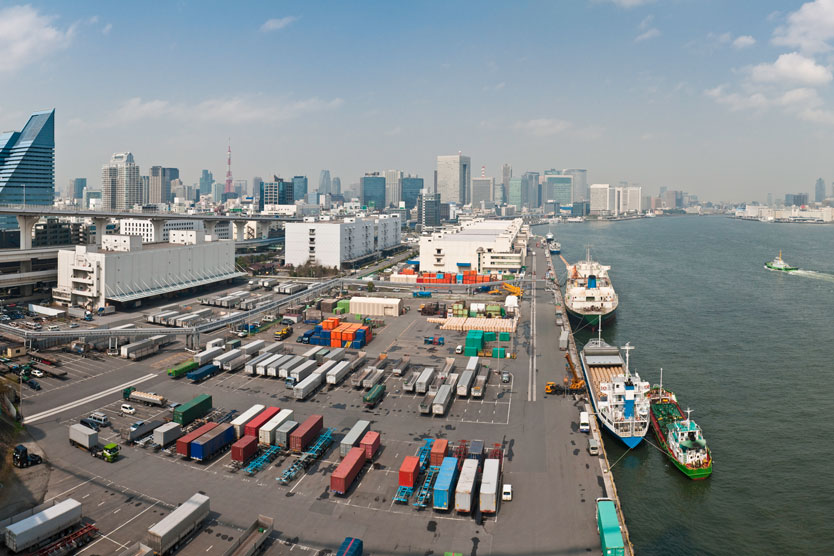.
Key points in the agreement
The agreement removes a large proportion of the tariffs and a number of long-standing regulatory impediments. With its 127 million consumers, the Japanese market will be opened up to major agricultural products from the EU (e.g. wine, cheese, beef and pork), and the EU will have better export prospects in many other sectors too.
Decisive results were achieved in the field of non-tariff trade barriers, particularly in the automotive sector (large degree of recognition of UNECE standards, inclusion of commercial vehicles). It was also important to establish mechanisms that will prove effective in preventing or penalising the establishment of new non-tariff trade barriers (the “snap back clause”).
Also, the agreement also takes account of the defensive interests of the European side, e.g. via appropriate transitional periods for tariff cuts (example: linear reduction in tariffs on cars over a seven-year period).
Finally, for the first time the agreement contains a commitment to the Paris climate agreement.
Important results on services and public-sector contracts
Good results were also achieved on services: The rules on postal, courier and telecommunications services will contribute towards an improved environment for European service providers in Japan. Audiovisual services remain excluded. The protection of public services and cultural diversity remains guaranteed. In the field of public procurement, the German government called for a large degree of market liberalisation. Important results have been achieved in this area. For example, Japan will abolish a far-reaching exemption from transparent procurement in the railway sector (the “operational safety clause”) a year after the entry into force of the agreement or two years following political agreement. This was a core German demand. Also, Japan is granting market access to procurement procedures relating to universities, hospitals and “core cities”. The latter refers to 48 cities with populations of around 300,000, amounting to around 15% of the Japanese population.
Negotiations on investment protection ongoing
Where investment protection is concerned, the German government is supportive of EU efforts to put in place a modern system modelled on CETA. This would involve a careful definition of the standards of protection that apply to investments, uphold governments’ right to regulate, and see a transparent investment court be established. This court would use publicly appointed judges and have an appellate mechanism. Some significant progress was achieved in the negotiations on the definition of standards of protection and on the provisions that are to maintain the right to regulate. As far as investor-state dispute settlement is concerned, however, agreement has yet to be reached. For this reason, the negotiations with Japan on a separate agreement on investment standards and the resolution of investment disputes are continuing.
Federal Ministry for Economic Affairs and Energy pushed for transparency
In discussions with the European Commission and the other Member States, the Economic Affairs Ministry called for greater transparency around the negotiations. The negotiating mandate (PDF: 111 KB) was published by the European Commission on 14 September 2017, when all of the Member States agreed that their concerns had been addressed.
The European Commission provided regular updates on its negotiations with Japan. To access this information, please click here (in German). Furthermore, the European Commission regularly consults with the European Parliament and civil society. For additional information on the issue of transparency, please go to our FAQ section.

